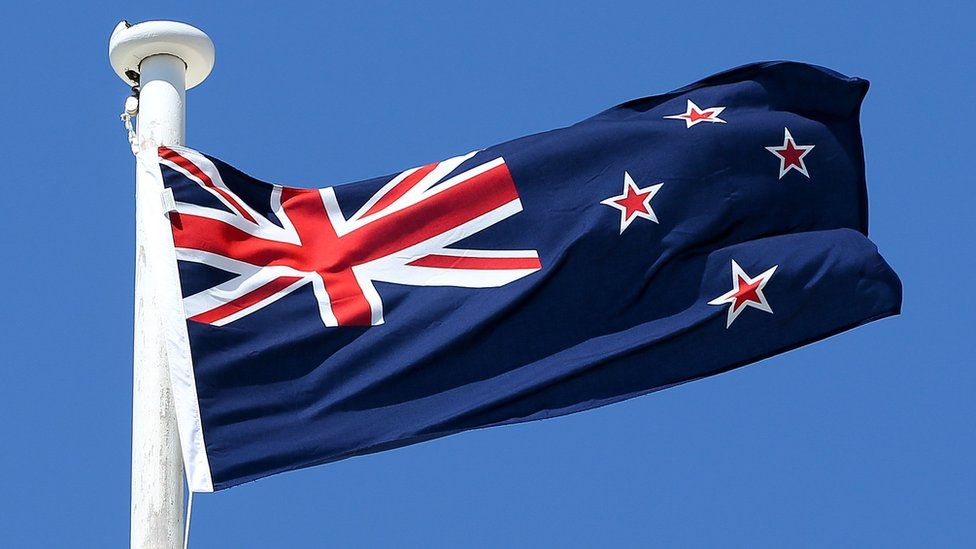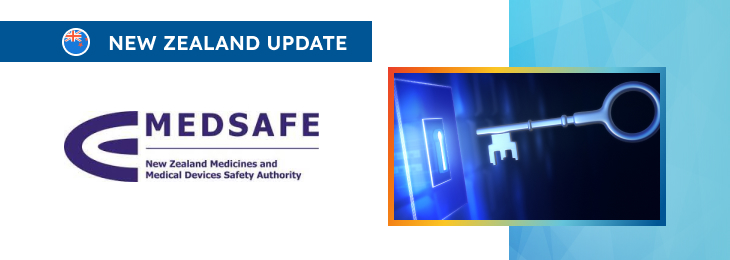The new article describes in detail the key elements of the regulatory system for healthcare products.

Table of content
The Medicines and Medical Devices Safety Authority (Medsafe), New Zealand’s regulatory agency in the sphere of healthcare products, has published a guidance document dedicated to the regulation of therapeutic products allowed for marketing and use in the country. The document provides an overview of the applicable regulatory requirements, as well as additional clarifications and recommendations to be taken into consideration by medical device manufacturers and other parties involved in order to ensure compliance.
At the same time, the authority reserves the right to make changes to the guidelines and recommendations provided therein, should such changes be reasonably necessary to reflect corresponding amendments to the underlying legislation. In particular, the guidance provides an overview of the essential control elements in New Zealand’s regulatory framework for therapeutic products, detailing their application to various product types and referencing other GRTPNZ documents for further information on specific regulatory requirements and processes.
It also explains the intersections between the Medicines legislation and other statutes.
Key Elements of the Regulatory Framework: Overview
According to the guidance, the regulatory framework encompasses a range of interrelated controls designed to ensure that therapeutic products available in New Zealand meet acceptable standards of safety, quality, and efficacy or performance. The overarching goal is for these products to offer more benefits than risks when used appropriately.
As explained by the authority, these key elements include:
- Availability, Market Entry, and Market Exit
- Quality
- Access
- Information
These controls are applied to different extents across medicines, related products, and medical devices. The document further describes each of them in detail, emphasizing the key aspects to be taken into consideration.

Controls on Availability, Market Entry, and Market Exit
- Pre-market Approval: Under the general rule, medicines and related products must undergo a pre-marketing approval process, requiring an assessment of safety, quality, and efficacy. The Minister must grant consent for distribution before these products can be advertised or supplied. This system applies to new and altered medicines and related products, with some exemptions like certain herbal remedies and clinical trial medicines. Detailed information on the application, evaluation processes, and timelines is available on the Medsafe website.
- Post-market Mechanisms: Post-market controls include mechanisms to revoke or suspend product approvals, prohibit imports, impose supply restrictions, and request safety data if a product is deemed unsafe and could expose potential customers to additional unjustified risks. In accordance with the applicable legislation, manufacturers and importers must report any substantial adverse events provided the latter meet respective reporting thresholds. The regulatory framework also provides powers for product recalls to be initiated to remove affected products from the market, should it be reasonably necessary to ensure public safety. In particular, relevant legislative provisions include:
- Sections 20 to 24G and Section 96 of the Medicines Act
- Section 35, 36, 37, and 38 of the Medicines Act
- Regulation 50 of the Medicines Regulations
Controls on Quality
- Medicines: Quality control mechanisms include setting quality standards through the pre-market approval system, auditing and licensing for manufacturers and packers, and enforcing standards through surveillance. Manufacturers or importers must hold specifications for testing each batch of medicine and a certificate of analysis before distribution. Relevant legislative provisions include:
- Section 17 and Part 3 of the Medicines Act
- Section 40, 42 of the Medicines Act
- Regulation 4 of the Medicines Regulations
- Part 8 of the Medicines Regulations
- Medical Devices: It is important to mention that certain medical devices must meet standards imposed by other statutes. Medsafe recommends compliance with all applicable ISO standards for medical devices supplied in New Zealand.
Controls on Access (Medicines Only)
The authority additionally emphasizes that the control of access applies solely to medicines and operates through a classification system ensuring that certain medicines are available only through consultation with qualified health professionals. The Medicines Classification Committee advises on classification, and the classification is determined by the substances contained in the product.
In particular, the Medicines Act defines three classification categories:
- Prescription Medicines: Available only on the prescription of an authorized prescriber or veterinarian.
- Restricted Medicines (Pharmacist-Only Medicines): Sold without prescription but must be dispensed by a registered pharmacist with the sale recorded.
- Pharmacy-Only Medicines: Available only in community or hospital pharmacies or licensed outlets.
Unclassified medicines, known as General Sale Medicines, can be sold from any retail outlet if they have Ministerial consent. Relevant legislative provisions include Sections 3, 9, and 106 of the Medicines Act.
Information Controls for Medicines and Related Products
As it was mentioned before, information constitutes one of the key elements of the regulatory framework for healthcare products. The relevant regulatory mechanisms ensure accurate product information to support appropriate product selection and use.
These include labeling requirements, prescribing information for prescription and restricted medicines (data sheets), and advertising controls. The authority also states that whilst not being something set forth as mandatory under the existing legal framework, sponsors are encouraged to produce Consumer Medicine Information (CMI) for prescribed medicines and submit it to Medsafe for publication.
The applicable legislative provisions include:
- Part 4 and Section 44 of the Medicines Act
- Parts 3, 4, and 10 of the Medicines Regulations
In addition to the above, the Medsafe website provides a searchable database of data sheets and CMI, along with GRTPNZ documents detailing requirements for prescriber and consumer information.
Conclusion
In summary, the present guidance document provides further details regarding the existing legal framework for different types of healthcare products allowed for marketing and use in New Zealand, highlighting the key points related to the relevant regulatory requirements and emphasizing specific aspects to be taken into consideration by the parties involved in order to ensure compliance thereto.
How Can RegDesk Help?
RegDesk is an AI-powered Regulatory Information Management System that provides medical device companies with regulatory intelligence for over 120 markets worldwide. It can help you prepare and publish global applications, manage standards, run change assessments, and obtain real-time alerts on regulatory changes through a centralized platform. Global expansion has never been this simple.

